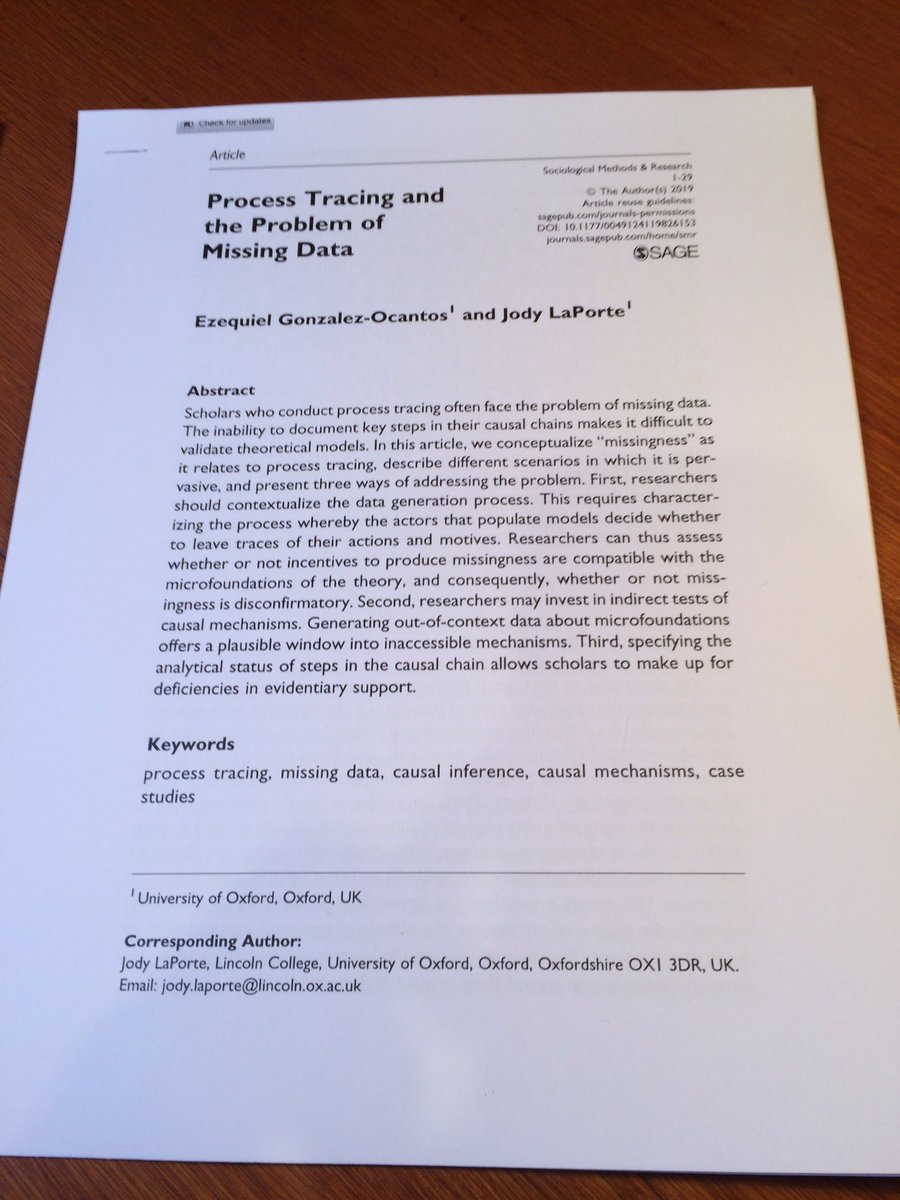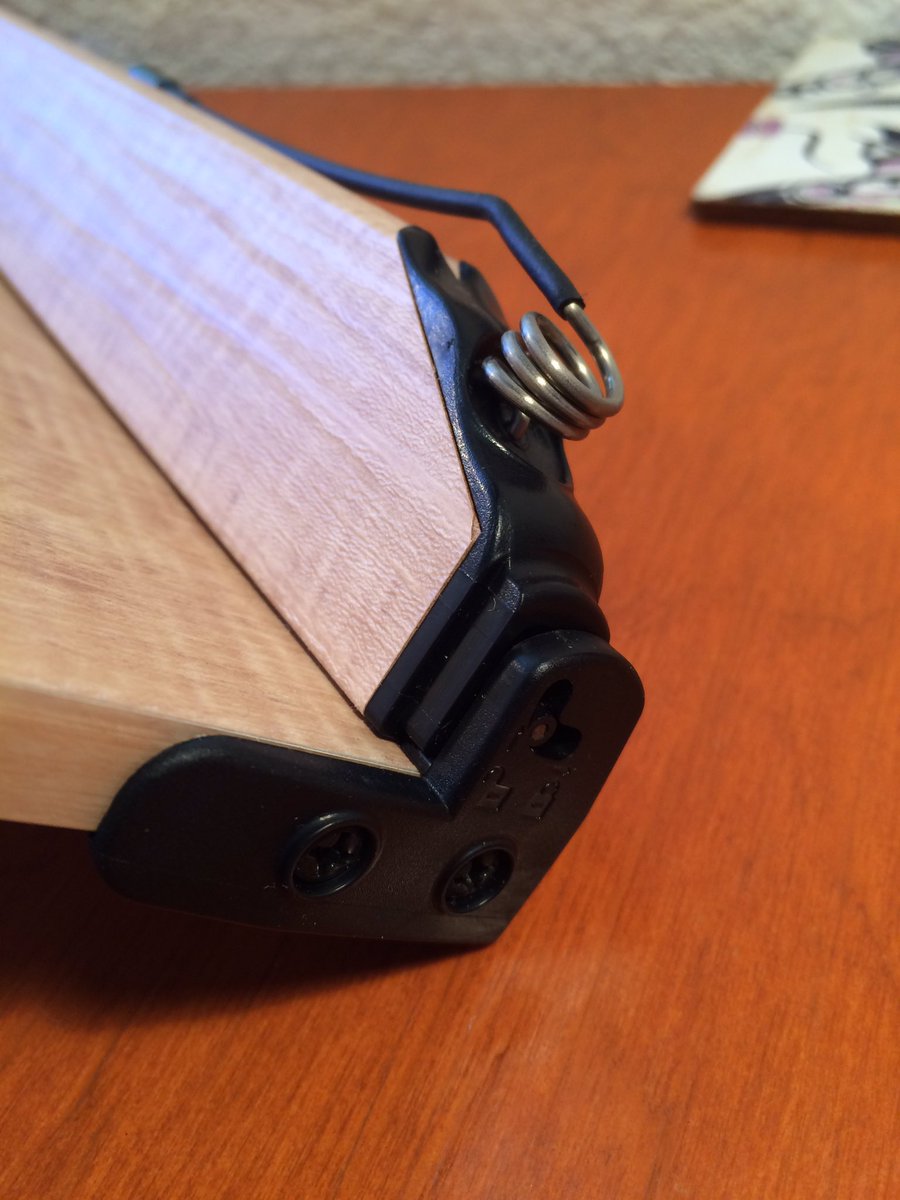
THREAD: Teaching students how to differentiate among various types of reading materials is important, not only for students but also for those of us who are educators.
When we design syllabi (see my Resources for Educators) raulpacheco.org/resources/reso… we include different materials
When we design syllabi (see my Resources for Educators) raulpacheco.org/resources/reso… we include different materials
For example, these papers are specific to “methods”: they describe a method (or a type of innovation to make a method work)
I always tell my students to avoid doing an AIC with methods papers. Instead do a meso-level or medium-level read: look for major themes, ideas, concepts.

I always tell my students to avoid doing an AIC with methods papers. Instead do a meso-level or medium-level read: look for major themes, ideas, concepts.


These are “empirical” papers: authors apply or develop a new method which then is implemented in a case study, comparative examination or dataset.
Empirical papers, in my view, can be first quickly read using AIC and LATER, do a second round of in-depth reading.


Empirical papers, in my view, can be first quickly read using AIC and LATER, do a second round of in-depth reading.



What I have found after reading thousands of articles is that sometimes what appears to be a “theory” or conceptual paper is actually more empirical and uses two or three case studies (see below) to draw bigger conclusions.
I always tell my students to look for methods, data.



I always tell my students to look for methods, data.




Assume I have a graduate (or undergraduate) student doing their thesis on informal waste picking. I could tell them to search for "informal waste pickers", find empirical articles, build a Conceptual Synthesis Excel Dump (CSED) based on a series of AIC's raulpacheco.org/2018/01/mappin…
But then again, students also read materials for their classes (which we choose based on what we want them to learn and draw from each reading). Therefore, we need also to distinguish across types of reading by function:
- for classes/coursework
- for papers
- for theses
- for classes/coursework
- for papers
- for theses
Supervising students and teaching research design, methods and techniques has also driven me to try to help my students master not only what they read in class, but also what they are supposed to be writing about in their theses (which may not be even in their courses' syllabi)
• • •
Missing some Tweet in this thread? You can try to
force a refresh











